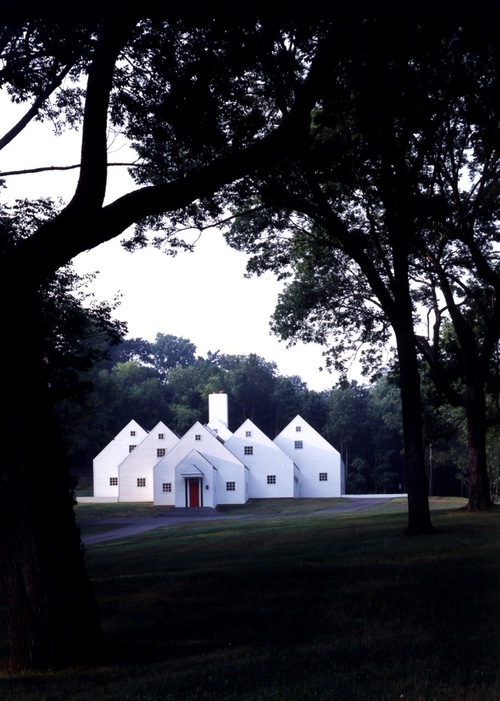The headline in Hugh Newell Jacobsen’s obituary in the New York Times describes him as a “famed modernist.” Famed he was, especially as the designer of exquisite high-end houses, but to call him a modernist is inaccurate. He was, rather, a post-modernist. That other post-modern master, James Stirling, was critical of mainstream modernism. “The language itself was so reductive that only exceptional people could design modern buildings in a way that was interesting,” he said.“It got stuck and it will have to unstick itself to move one.” Stirling’s unsticking involved broadening the language by introducing historicist motifs and color. Jacobsen (1929-2021) did it by combining minimalist modern interiors with traditional domestic forms (pitched roofs) and vernacular materials (clapboard). Unlike many modernists, he was not averse to symmetry and axes. The forms and materials depended on the location: coastal Maine, Nantucket, the Florida Panhandle. His houses always look at home in their sites. They also have another quality. A large house by a true modernist like Richard Meier can remind me of an upscale clinic; a Jacobsen house always looks—and feels—like a home.


